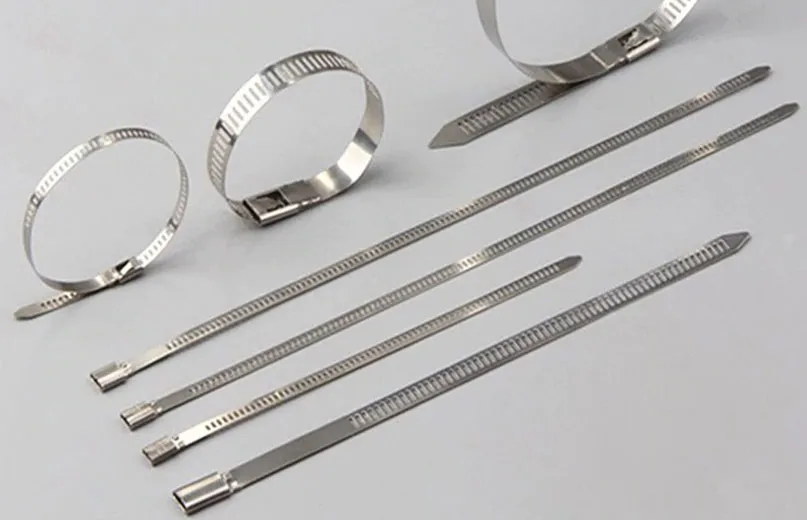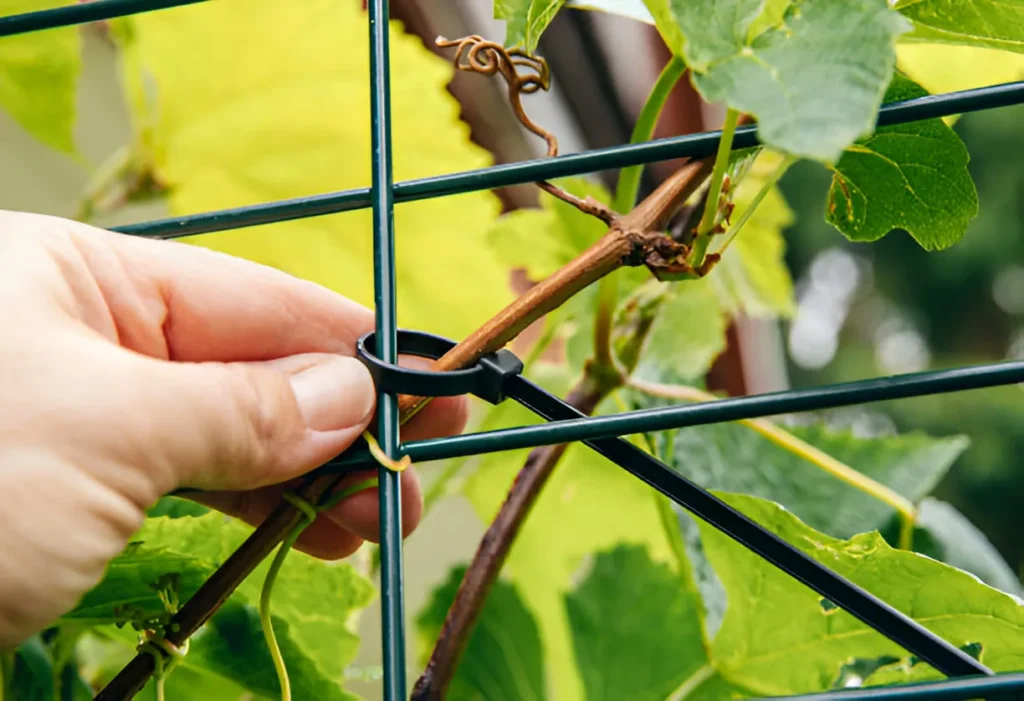What are metal cable ties made from
Metal cable ties are the strongest cable ties on the market offering unparalleled strength. But what are they made from and who uses them?
What is a metal cable tie?
A metal cable tie is a fastening device used to bundle and secure cables, wires, or other objects. These ties are typically made from stainless steel, with AISI 304 and AISI 316 being the most common grades.
Metal cable ties offer superior strength, durability, and resistance to extreme conditions compared to their plastic counterparts. They can withstand high temperatures, corrosive environments, and intense UV radiation.
These ties feature a flexible metal band with a locking mechanism that allows for easy installation and secure fastening. Once locked, metal cable ties provide a permanent hold that can only be removed by cutting.

What are metal cable ties made from?
Metal cable ties are primarily manufactured from stainless steel, a material known for its exceptional strength, durability, and resistance to corrosion. The most common grades of stainless steel used in cable ties are AISI 304 and AISI 316.
AISI 304 stainless steel, also known as 18/8, contains approximately 18% chromium and 8% nickel. This composition provides excellent corrosion resistance and strength, making it suitable for a wide range of applications.
AISI 316 stainless steel, often referred to as marine grade, offers enhanced corrosion resistance, particularly against chlorides. It contains molybdenum, which provides superior protection in harsh environments. This grade is preferred for applications in coastal areas or chemical processing plants.
Applications of Metal Cable Ties
Metal cable ties find extensive use in industries requiring robust and durable fastening solutions. The aerospace sector employs these ties to secure wiring harnesses and hydraulic lines in aircraft, where high temperatures and vibrations are common.
In the automotive industry, metal cable ties secure exhaust systems and engine components exposed to extreme heat. Marine applications benefit from stainless steel ties’ corrosion resistance in saltwater environments.
Construction and infrastructure projects utilize metal cable ties for outdoor installations, such as securing cables on bridges or in underground tunnels. These ties withstand harsh weather conditions and maintain their strength over time.
The oil and gas industry relies on metal cable ties in refineries and offshore platforms, where chemical exposure and high-pressure environments demand superior fastening solutions. Telecommunications companies use them for cable management in cell towers and data centers, ensuring long-term reliability.
Selecting the Right Metal Cable Tie
Choosing the appropriate metal cable tie for a specific application is crucial to ensure optimal performance and safety. Several factors should be considered when making this selection.
First, evaluate the required tensile strength and loop tensile strength of the tie. These properties determine the maximum load the tie can withstand without breaking. Consult manufacturer specifications to find a tie that meets or exceeds the application’s strength requirements.
Next, consider the environment in which the tie will be used. For high-temperature applications, choose a tie with a suitable continuous operating temperature and melting point. In corrosive environments, opt for ties made from AISI 316 stainless steel or those with protective coatings.
Assess the need for additional properties such as UV resistance, fire resistance, or chemical resistance based on the application’s specific demands. Manufacturers often provide detailed data sheets and certifications to help select the right tie for the job.
Finally, consider the cost implications and potential for value engineering. While metal cable ties are generally more expensive than their nylon counterparts, their durability and long-term performance can justify the investment in critical applications.
Conclusion
Metal cable ties, primarily made from stainless steel, offer unparalleled strength and durability in demanding applications.
By understanding the properties of different metal alloys and considering factors such as tensile strength, corrosion resistance, and temperature tolerance, users can select the ideal tie for their specific needs.




